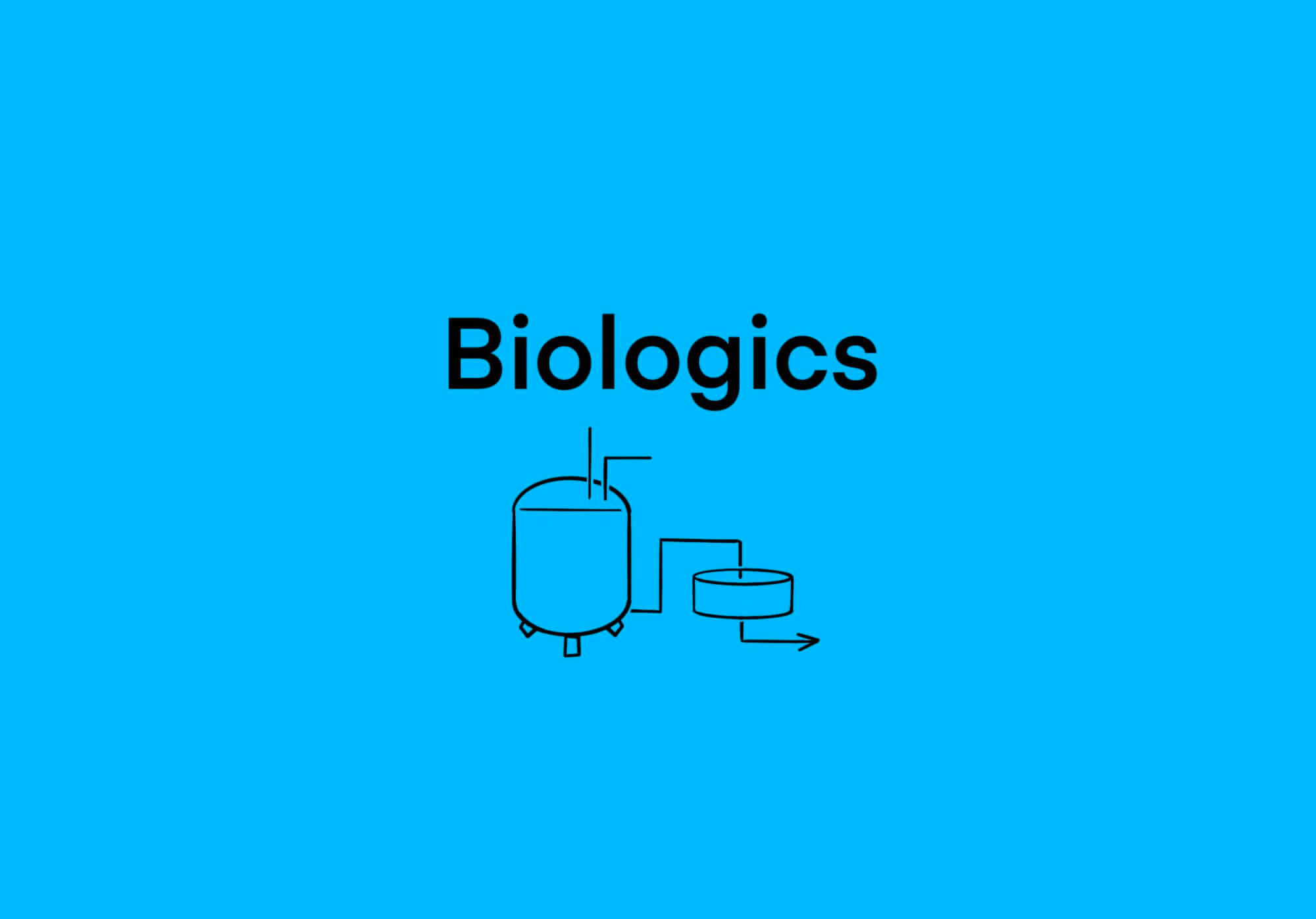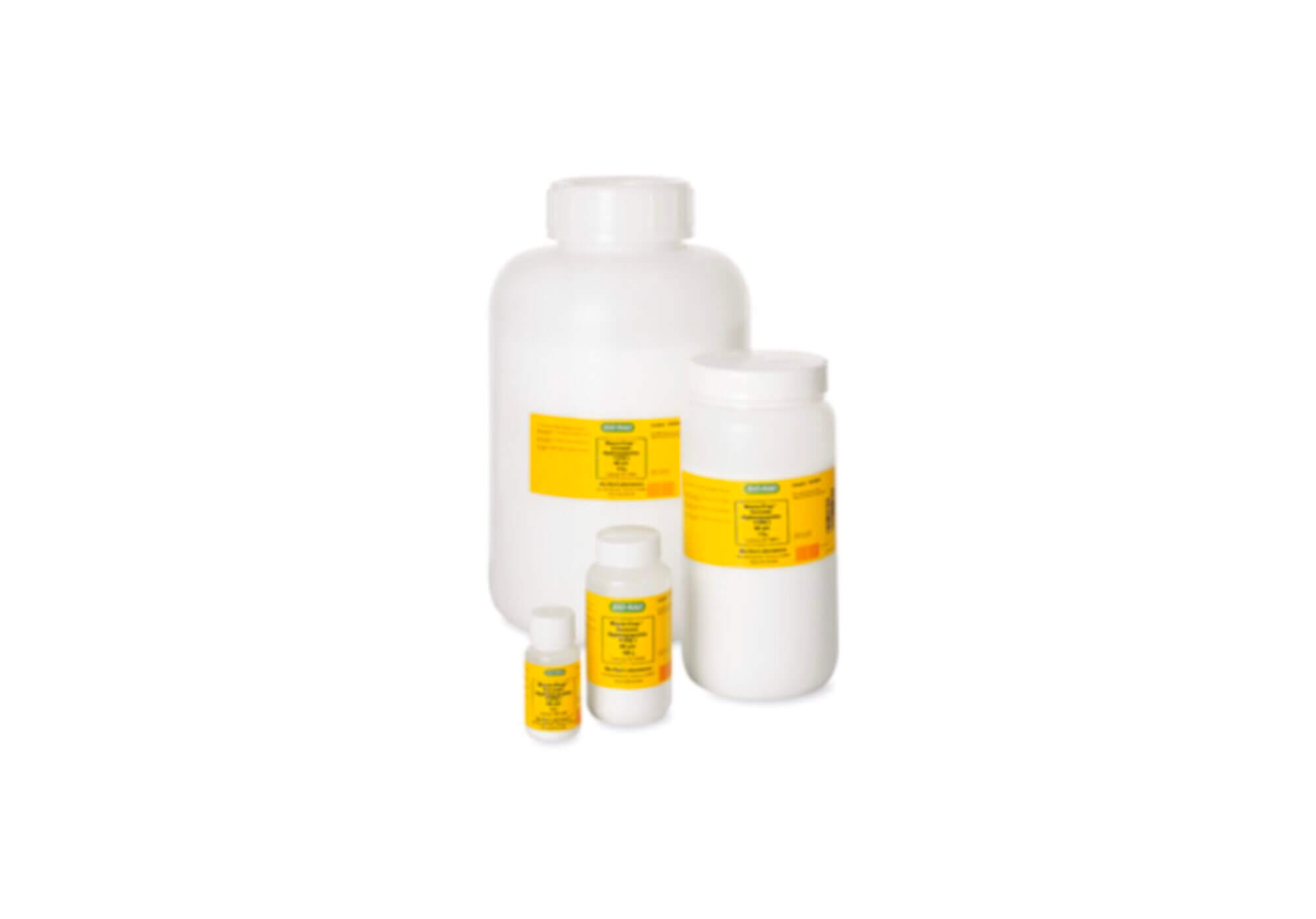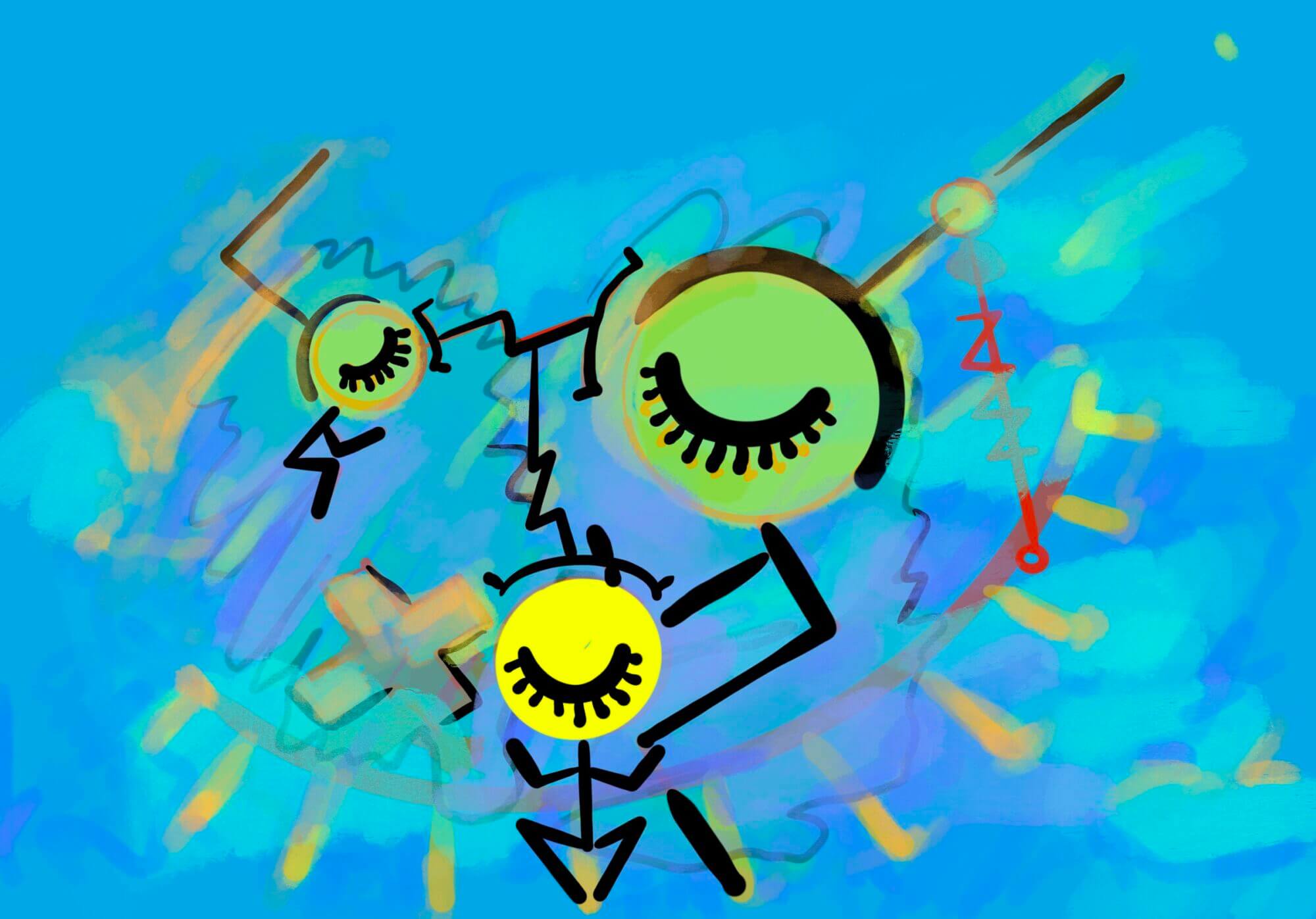タグ: CHT
-
[Bio-Edu] 組換え大腸菌で造らせたタンパク質のリフォールディングおよび、その後の精製手順 [2020/08/19]
Post Views: 1,233 はじめに 研究段階のタンパク質の取得は、組換え大腸菌(E.coli)から取…
投稿者

-
[Bio-Material] ポリッシング用精製担体 – CHT (セラミック・ハイドロキシアパタイト)とは、BIO-RAD – ID9865
Post Views: 694 CHTについて BIO-RAD製品 通常は、針状結晶で脆い結晶性ハイドロキシア…
投稿者

-
[Data Link] rAAV特許 – アパタイト・クロマト精製法 – ID4443 [2019/12/20]
Post Views: 526 rAAVの高度精製法 以下の特許情報からrecombinant AAVの高度精…
投稿者



